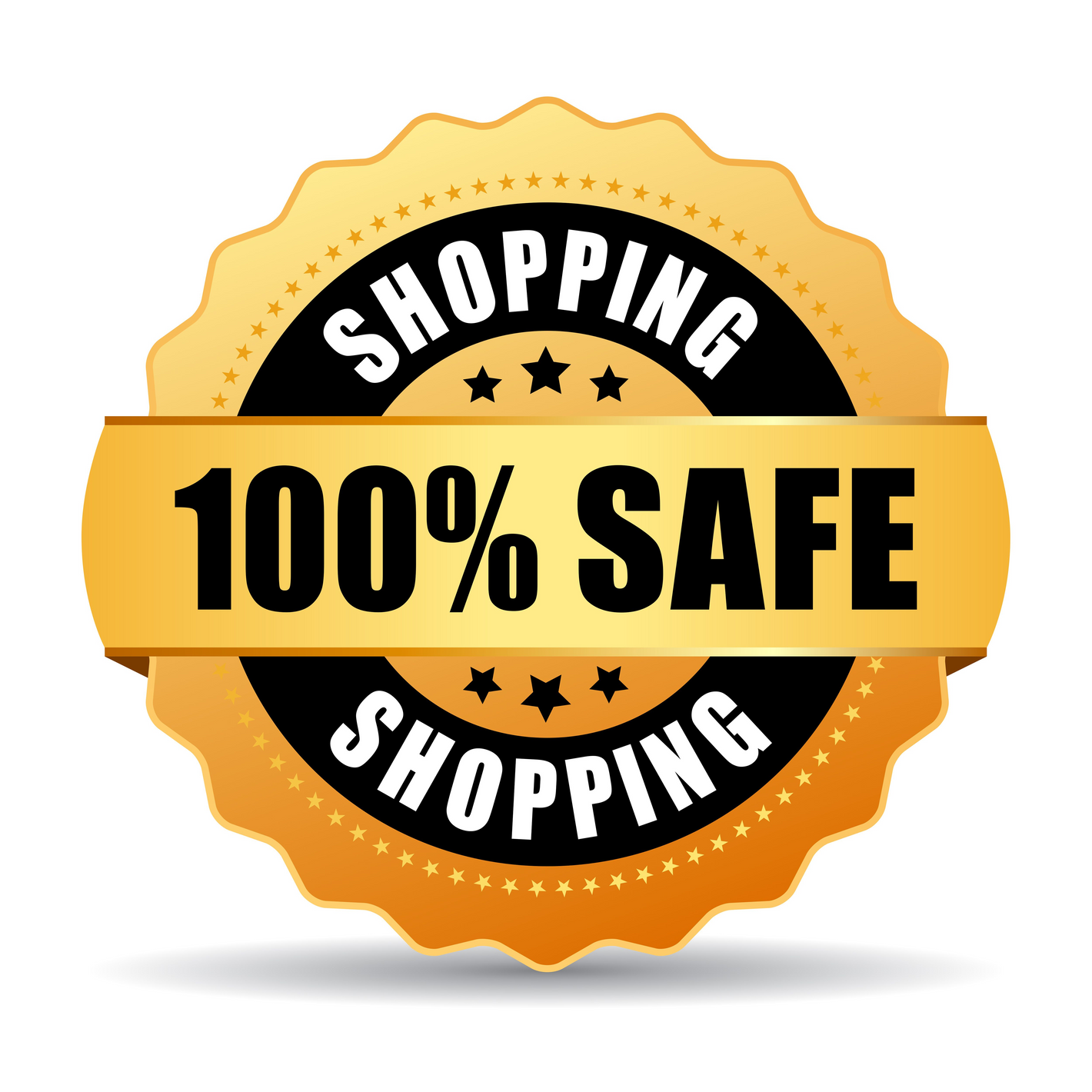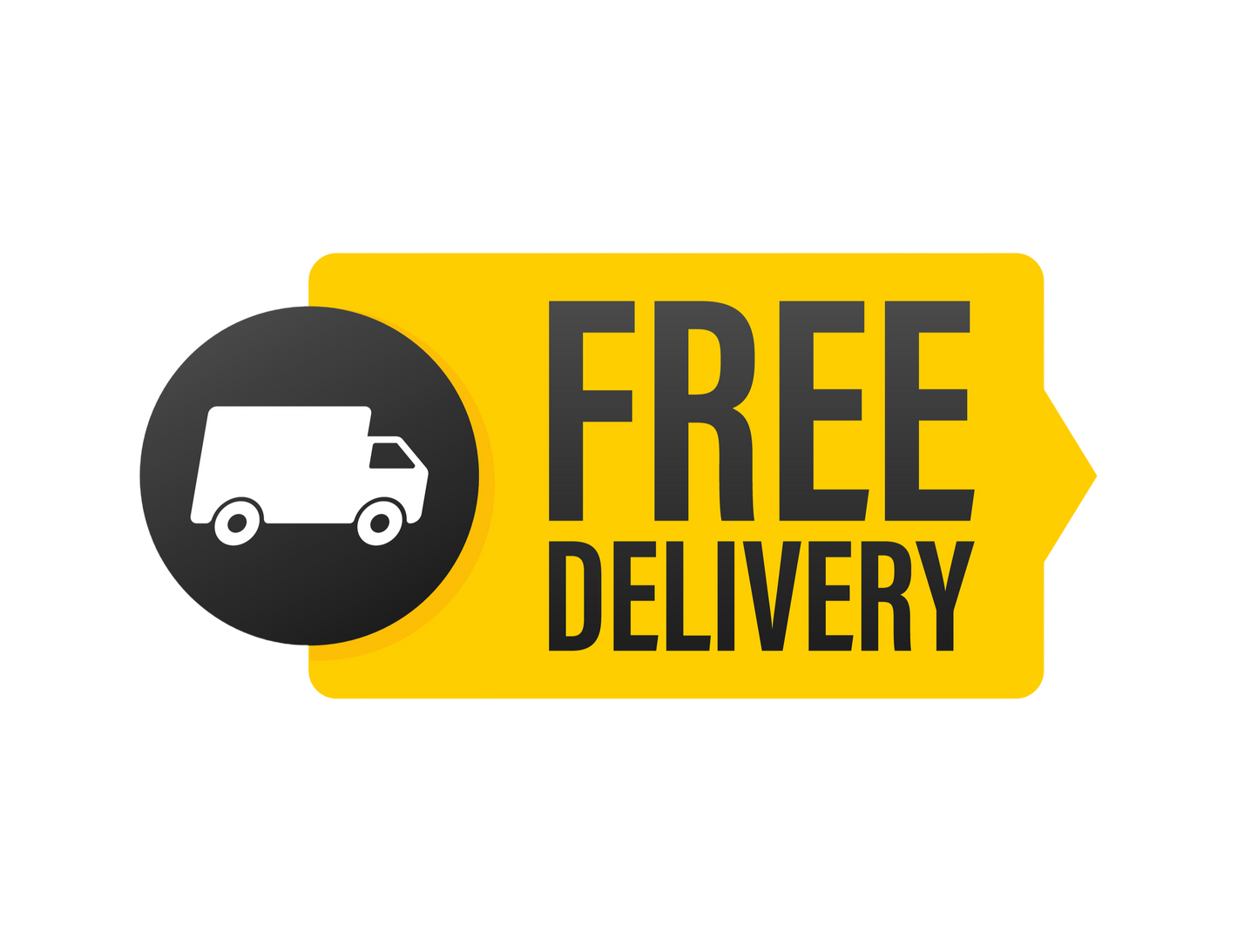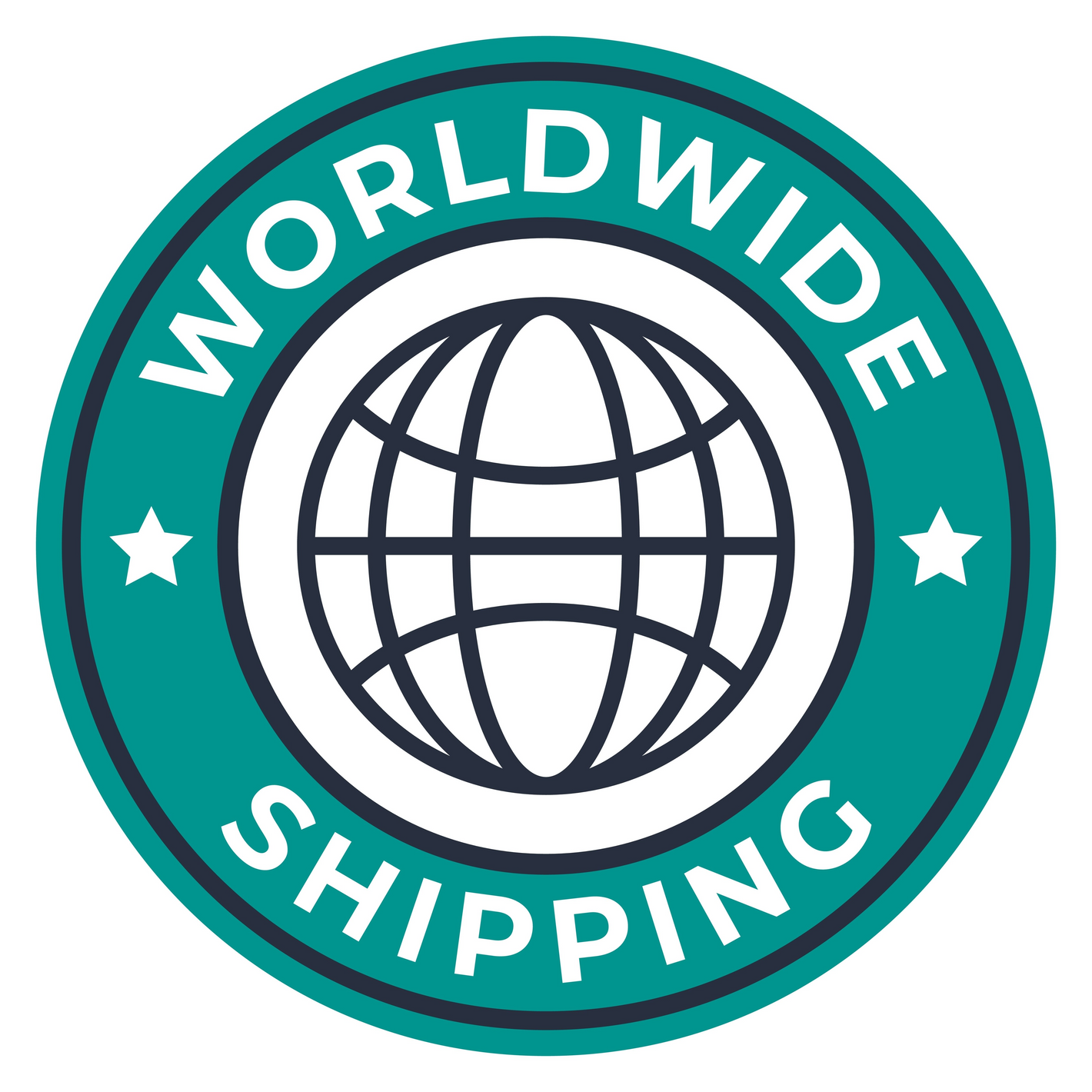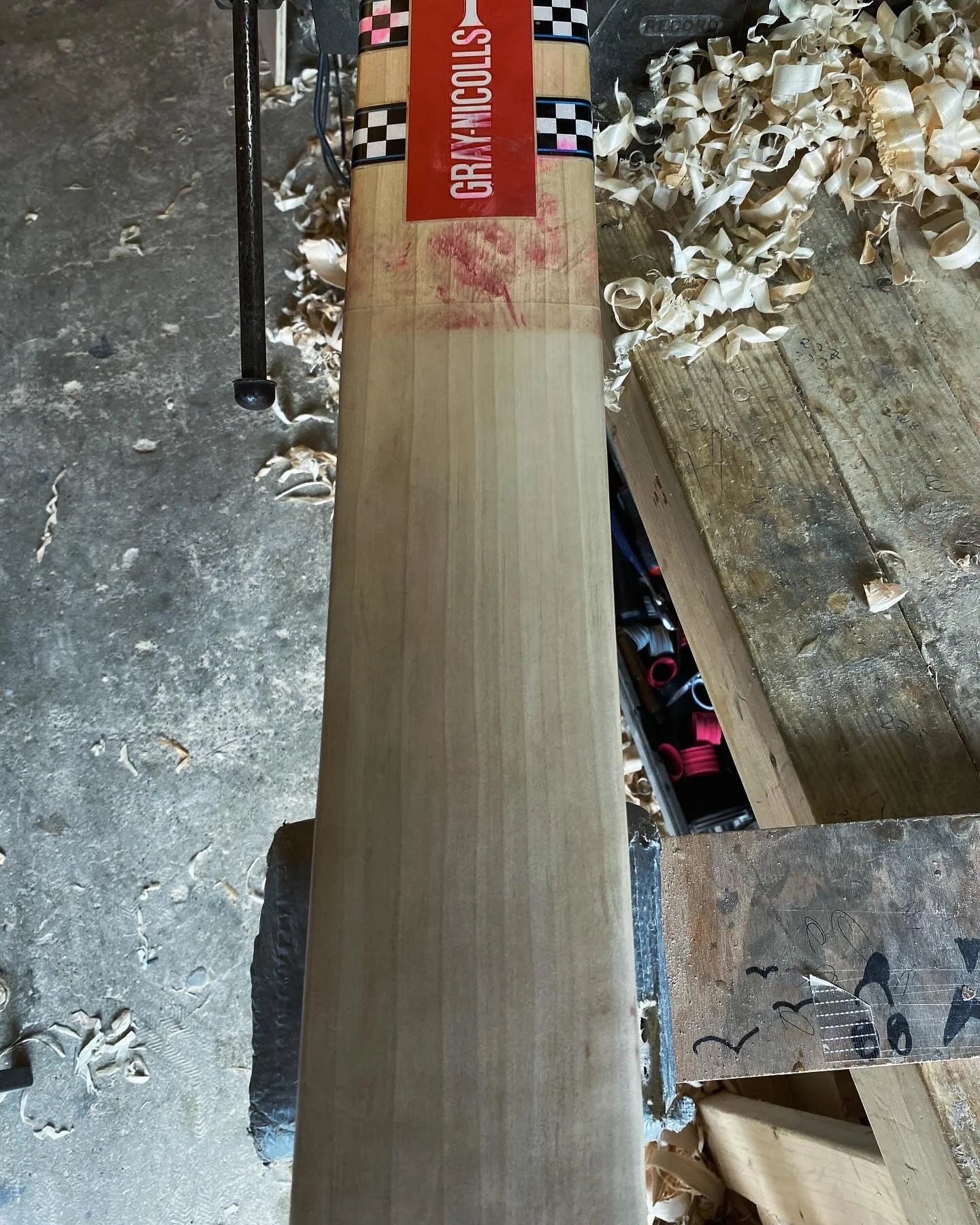The art of making a cricket bat is a meticulous process that combines traditional craftsmanship and tools with a deep understanding of the English willow clefts.
At Trogon Cricket, we pride ourselves on creating handmade cricket bats tailored to meet each batter's unique requirements.
But why is English Willow so sought after for cricket bats?
English willow is highly sought after for cricket bats due to its lightweight, yet durable nature, providing excellent shock absorption and a superior feel. Its tight grain structure enhances performance, offering a larger sweet spot and consistent playability, making it ideal for high-quality cricket bats.
This blog post will delve into the intricate journey of an English willow cleft as it transforms into a premium adult and junior cricket bat, illuminating each step of our cricket bat-making process along the way.
So let's delve straight in.
How Long Does It Take to Grow English Willow for Cricket Bats?
The story of a cricket bat actually begins long before the cleft arrives in the workshop; it starts in the willow plantations of England.
English willow trees take between 12 and 20 years to mature before they’re ready to be harvested. During that time, each tree develops a unique grain structure that gives the wood its lightness, strength, and performance.
At Trogon Cricket, we only use willow from reputable UK suppliers who grow and harvest trees responsibly, ensuring a sustainable supply of premium-quality English willow for future generations of cricketers.
English Willow Clefts Arrive at the Workshop
The journey of making a cricket bat begins when the English willow clefts arrive at our workshop.
These clefts are the raw material for our bats and are sourced from the finest willow suppliers in the UK.
Upon arrival, each cleft is carefully inspected for quality, grain structure, and moisture content.
This initial assessment is crucial as it determines the potential of the cleft to be shaped into a high-performing cricket bat.
The image below shows the cleft arriving at the workshop.

Understanding Natural Imperfections in Willow
Even the finest English willow is a natural material, so every cleft carries its own character. You’ll sometimes see small knots, butterfly stains, specks, or grains of varying width, all of which are completely natural.
These minor imperfections don’t affect performance; instead, they tell a story about the tree’s life and growth conditions. At Trogon Cricket, we hand-select each cleft to ensure the balance between beauty, structure, and playing quality is exactly right.
What Does an English Willow Cleft Cost?
The cost of an English willow cleft can vary depending on its grade and grain structure. Generally, premium clefts suitable for professional-grade bats range between £70 and £150 each before any shaping, pressing, or finishing.
Higher grades (like Grade 1 and Players Grade) have straighter, tighter grains and fewer blemishes, which makes them rarer and more valuable. Once the clefts are shaped and pressed, that raw piece of cricket bat wood becomes something far more useful, a perfectly balanced cricket bat ready to perform at the highest level.
Why Is English Willow So Expensive Compared to Kashmir Willow?
English willow is often more expensive than Kashmir willow for a few key reasons.
Firstly, English willow grows more slowly in cooler conditions, which creates a softer, more responsive grain ideal for power and control.
Secondly, the wood must be carefully dried, graded, and pressed by hand, a labour-intensive process handled by skilled bat makers.
And third, the volume. There is much more Kashmir willow available each year for making cricket bats than English willow.
The result is a bat that delivers outstanding performance, better ping, and superior feel, which is why English willow remains the professional’s choice worldwide.
Cutting Clefts to Length and Width
Once approved, the clefts are cut to the desired length and width. This step is critical in the cricket bat-making process, as it sets the foundation for the bat's final dimensions.
Precision is key here, as even minor deviations can affect the bat's balance and performance. I use traditional planes and saws to ensure each cut is clean and accurate and shapes to perfection.
Cricket Bat Edges Get Planed
The next step involves planning the edges of the willow cleft. This process smoothens the rough edges and starts to give shape to the bat's profile. Planning is done with utmost care to maintain the integrity of the wood and ensure evenness across the bat's surface and edges. A sharp plane blade is essential! This stage is vital for laying the groundwork for the bat's balance and weight distribution.

The First Light Press
The first light press of an English Willow Cleft is a delicate yet essential part of the cricket bat-making process. We have written extensively about cricket bat pressing, it's a good read.
During this stage, the cleft undergoes a gentle pressing to compress the wood fibres. This compression enhances the bat's strength and resilience, preparing it for the rigours of the game.
The light press is performed with precision to avoid over-pressing, which can reduce the bat's performance. Water is added to the cleft to stop splitting.

The above image shows me pressing the raw cleft. I've prepared the cleft from a cleaning-the-face perspective and added enough water to the face to stop it from cracking under pressure. Then it's a case of pressing, listening to the performance to understand when the cleft is ready.
Adding the Handle to the Cleft
Attaching the handle to the cleft is a pivotal moment in making a cricket bat. The handle, typically made from cane and rubber (though all our handles are made from cane and cork because cork is lighter), is carefully fitted into the cleft.
This step requires a high level of skill to ensure a seamless and strong joint, as the handle plays a significant role in the bat's feel and performance.
The alignment and fit of the handle are meticulously checked to guarantee optimal balance and control. In the trade, this process is called splicing and takes years to perfect, requiring multiple jigs to ensure the dimensions are perfect.

The above image shows two clefts that have been handled.
The Second Press
The second press is more intense than the first, further compressing the wood fibres for increased durability and performance.
This stage of the cricket bat-making process requires a keen eye for detail, as the pressing must be uniform across the bat's face. The aim is to create a bat that can withstand the impact of the ball while maintaining its shape and integrity over time.
As bat makers, we test the performance of the bat during the pressing cycle. We listen for and feel the bat ping test to ensure the cleft is pressed to perfection.
Shaping the Shoulders and Toe
Shaping the shoulders and toe of the bat is where the cleft starts to resemble a finished cricket bat.
This process involves carving and whittling the wood to achieve the desired profile.
The shoulders and toe are shaped to ensure a smooth transition from the handle to the blade, optimising the bat's weight distribution and enhancing its pick-up.
We work on the shoulders and toe at this stage before shaping, so when shaping, we can constantly pick up the bat and feel the balance.

The above image shows me using a traditional drawknife to start the shaping of the process of shaping the shoulders.
Shaping and Refinement
The shaping and refinement stage is where the English willow cleft truly takes on its final form.
We work diligently to refine the bat's shape, ensuring it meets the batter's specific requirements. This includes adjusting the bat's curves, edges, and spine to achieve the perfect balance and weight, and we only use traditional cricket bat making tools, including various planes, spokeshaves and other traditional tools.
Attention to detail is paramount, as each bat is crafted to cater to individual playing styles, preferences, and desired weight.

The above image shows me using a traditional wooden plane (albeit this plane is new) to start shaping the toe of the cricket bat. This wooden tool (wooden is the best) is used for the more intricate elements of shaping cricket bats.
Playing Our Part in Your Cricket Story
We know that cricket is more than just a game; it’s a passion, a community, and a lifetime of memories. That’s why every Trogon bat is made with care, dedication, and pride. We see our role as more than just bat makers; we’re part of your cricket journey.
From the first knock in the nets to the biggest innings of your career, we want to be there with you.
Choosing Trogon means choosing a bat made with honesty, integrity, and the same love for the game that you carry to the crease.
Trogon Product Guarantee
When you buy from Trogon, you’re covered by our 6-month bat guarantee. If your bat cracks or breaks within that period and has been knocked in correctly, we’ll replace it with a new one, simple, fast, and hassle-free. Combine that with your statutory online protections, and you can shop with total peace of mind.

































